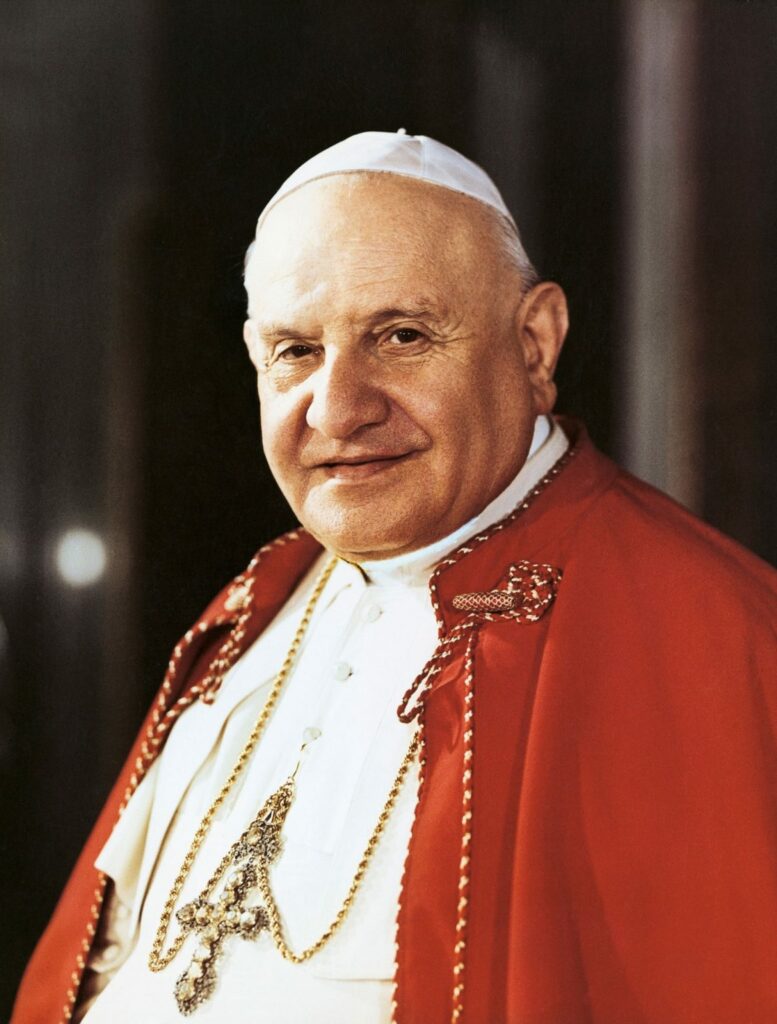
Add your contact information to our email list so you can be the first to know about dates and deadlines for our Summer and Fall 2024 term and Summer immersion workshops.
Sign up now, so you can stop searching for ways to bring your faith to life and start discovering eternal truths today.